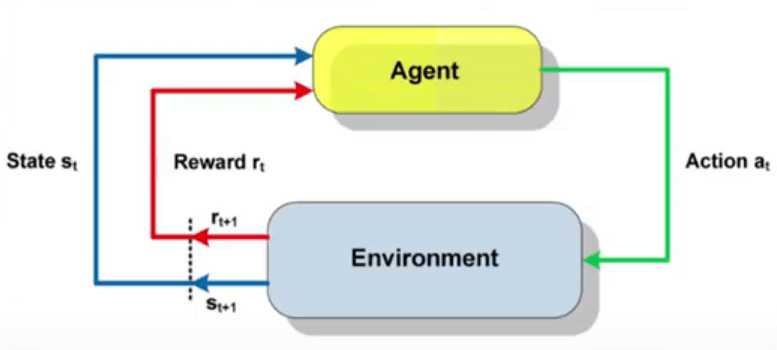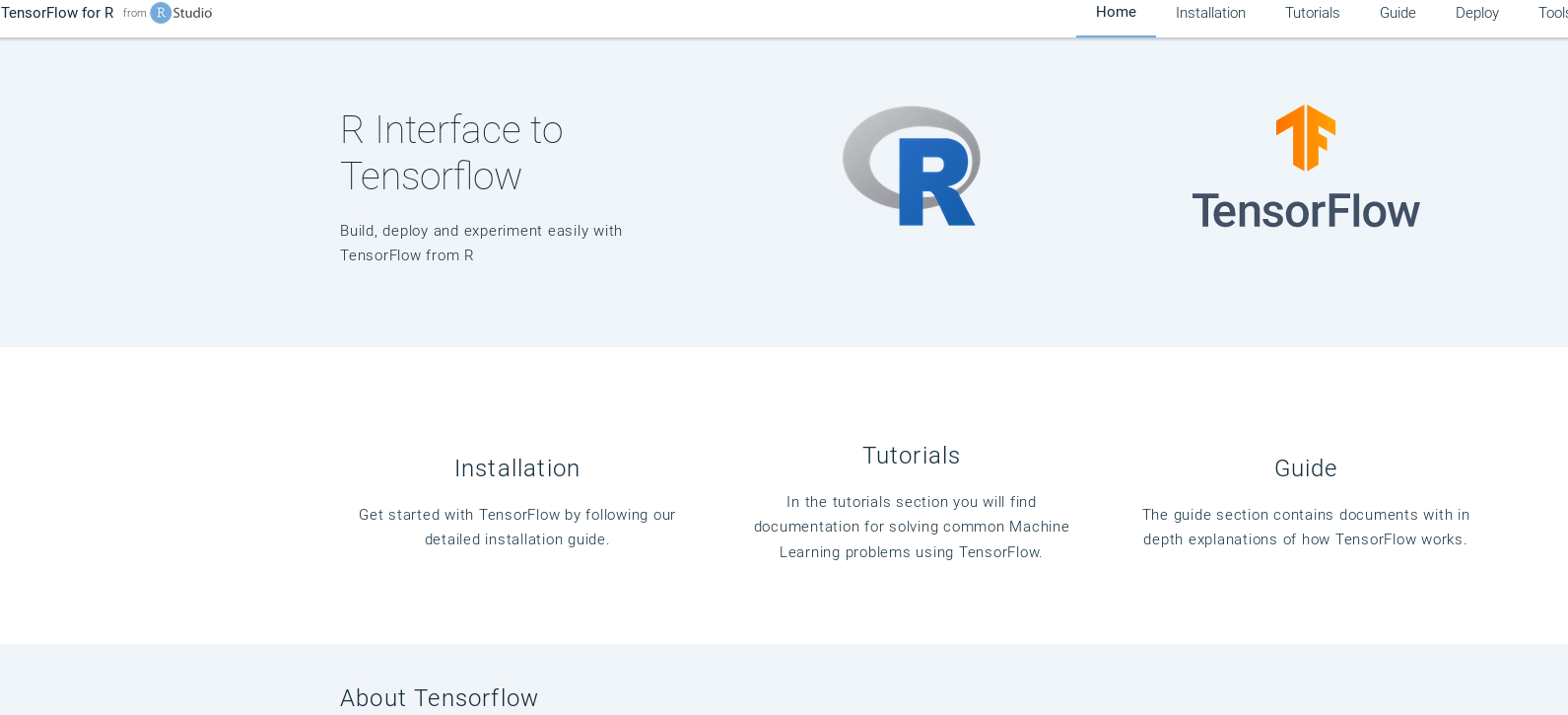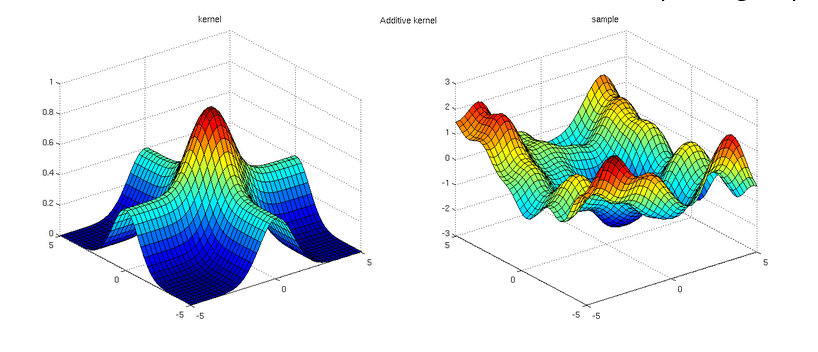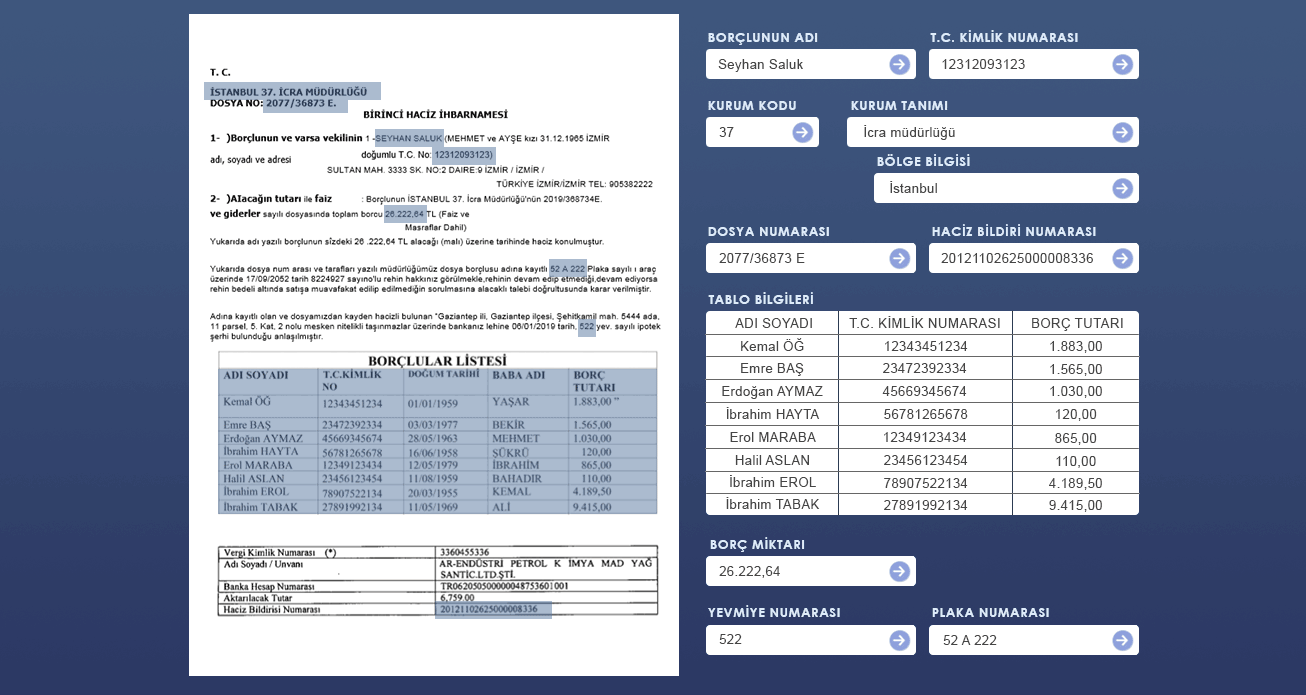Understanding Golf Club Wedge Degrees: A Comprehensive Guide
When it comes to improving your short game in golf, understanding golf club wedge degrees is crucial. Wedges are specially designed clubs that help golfers make accurate shots, whether it's for chipping, pitching, or bunker play. But what do golf club wedge degrees really mean, and how do they impact your game? Let’s explore in detail.
When it comes to improving your short game in golf, understanding golf club wedge degrees is crucial. Wedges are specially designed clubs that help golfers make accurate shots, whether it's for chipping, pitching, or bunker play. But what do golf club wedge degrees really mean, and how do they impact your game? Let’s explore in detail.
What Are Golf Club Wedge Degrees?
The degree of a wedge refers to its loft angle—the angle between the clubface and an imaginary vertical line. This angle determines how high and far the ball will travel. Wedges generally have a higher loft than irons, making them ideal for short-distance, high-trajectory shots.
Types of Golf Wedges and Their Degrees
There are four main types of golf wedges, each with different loft degrees:
-
Pitching Wedge (PW): Usually has a loft between 44 to 48 degrees. This wedge is commonly used for approach shots to the green.
-
Gap Wedge (GW): Also known as the approach wedge, it typically ranges from 50 to 54 degrees. It fills the gap between the pitching wedge and the sand wedge.
-
Sand Wedge (SW): With a loft between 54 to 58 degrees, this wedge is perfect for bunker shots and soft lies.
-
Lob Wedge (LW): The highest lofted wedge, usually between 58 to 64 degrees, used for high, soft shots around the green.
Why Golf Club Wedge Degrees Matter
Choosing the right wedge degree can significantly improve your short game. The right loft can help control trajectory, spin, and distance. Having a well-balanced set of wedges ensures that you can confidently tackle different types of shots without unnecessary gaps in yardage.
How to Choose the Right Wedge Degrees
-
Assess Your Playing Style: If you prefer a lower trajectory, opt for a wedge with a lower loft. For higher, softer shots, choose a higher-degree wedge.
-
Consider Course Conditions: A lower lofted wedge is great for firm courses, while a higher loft works well on softer greens.
-
Match Your Irons: Ensure your wedges complement your iron set to avoid large gaps in yardage.
Conclusion
Understanding golf club wedge degrees is essential for golfers looking to improve their short game. The right combination of wedges can give you better control, accuracy, and confidence on the course. Whether you’re an amateur or a seasoned player, knowing how wedge degrees affect your shots will help you make better club selections and ultimately lower your scores.










































![[The AI Show Episode 144]: ChatGPT’s New Memory, Shopify CEO’s Leaked “AI First” Memo, Google Cloud Next Releases, o3 and o4-mini Coming Soon & Llama 4’s Rocky Launch](https://www.marketingaiinstitute.com/hubfs/ep%20144%20cover.png)


























































































































































































